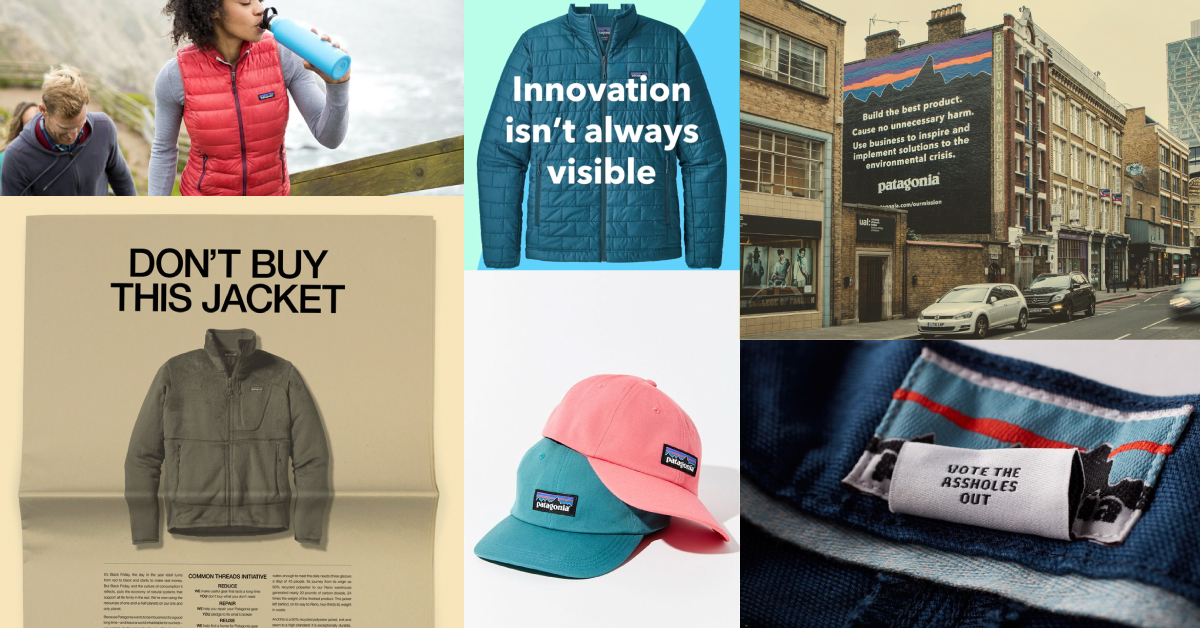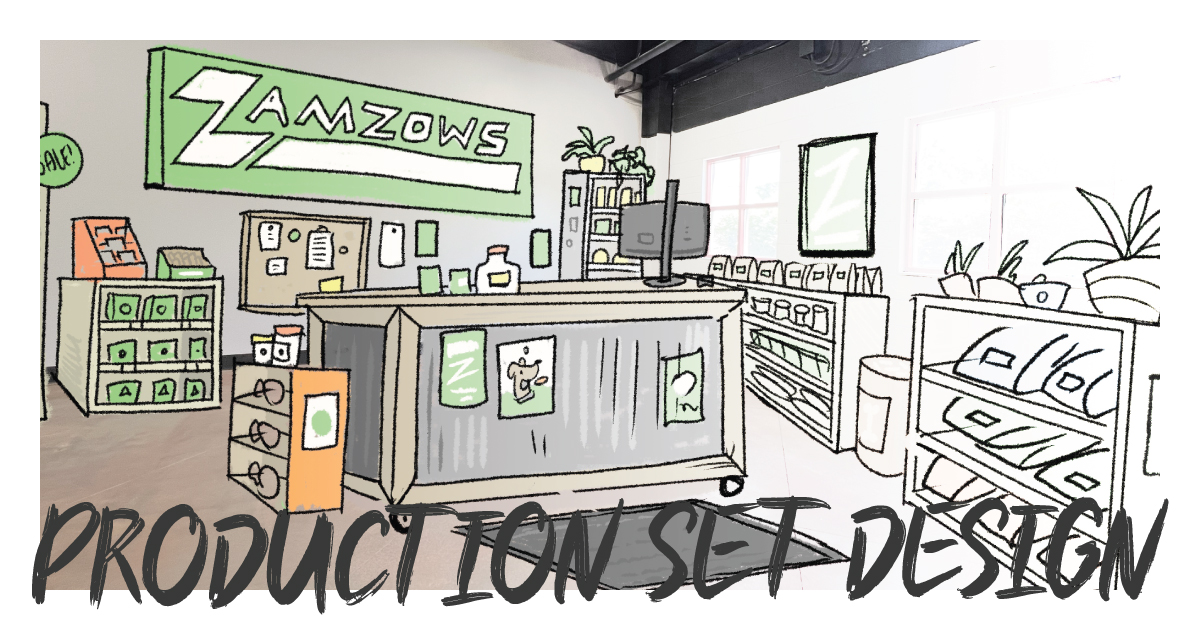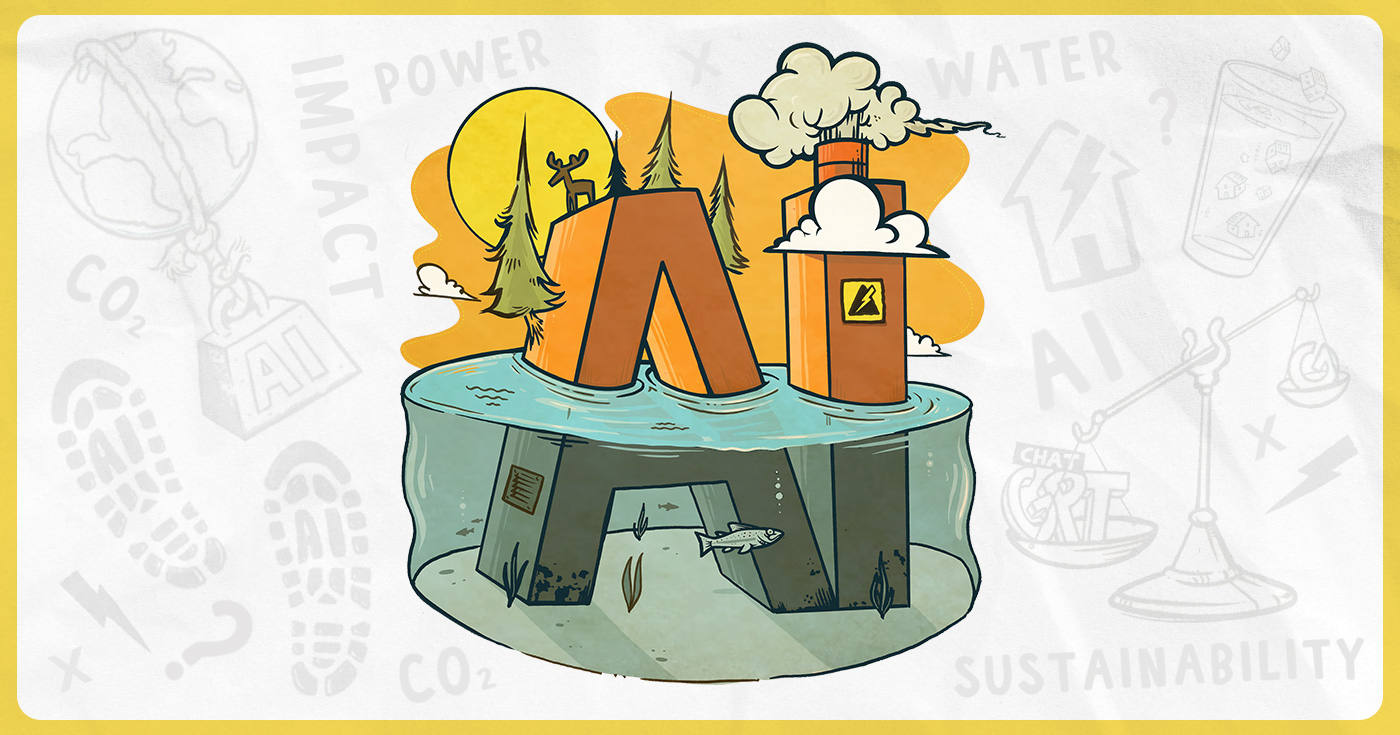As marketers, we feel a great sense of accomplishment when we do fire branding work that hits the mark, tells the right story and makes people talk. When clients come to us with a need for a new logo design or evolution, a tagline, or another big aspect of their brand, we get pretty excited.
Branding work can be high risk, high reward. Agencies can feel a lot of pressure to do it well—and they should. Great branding can help your client invent or reinvent themselves in the best possible way.
What makes a brand, though? What aspects make it good? These are important questions to understand before any branding work gets done. They’re also questions we’ll attempt to answer in the contents of this blog.
What’s In a Brand?
Before we get into the components that make up a brand, it’s important to distinguish what a brand IS. In essence, a brand is the experience and memories customers have of products or services. Perhaps, more importantly, a brand is the perceived experience a person thinks they’ll have with the product or service.
In order for a person to have this perception, your brand needs to tell a story. The name, logo design, and copy need to work together to paint the picture of what the brand is and what it stands for. Depending on the brand, it also needs to speak to the target audience. News flash: If the brand doesn’t look or feel right to the people it’s trying to reach, it won’t reach them.
The story of your brand, however, can’t be built without the strategy of how to connect to your audience. It’s not enough to design a logo and write a mission statement.
Good brands understand these four ideas:
Audience Awareness
Good branding is very aware of their target. One of the worst mistakes a brand can commit is trying to be “for everyone.” Although it’s scary and can feel risky, it’s intelligent to build your branding to “talk” to the people you’re trying to sell to.
Good companies, therefore, spend a LOT of time doing research. They don’t just know the surface-level demographics such as gender and race, they know political leanings, household income, hobbies and interests, and how their brand fits into their audience’s life.
The design work and copy should therefore reflect the audience. Over time, your brand will start to be shaped by your target audience. (Which is kind of lovely, if you ask me.)
Emotional Connection
A good brand creates an emotional bond with the audience. Hopefully, your brand will make your audience feel a certain way. Those feelings, (the goal being good ones), your audience will then attribute to your brand and to the products or services your business sells.
When designing the logo, art direction, and brand architecture, it’s important to remember what you’d like your audience to feel about your brand. Emotion is the most important part of making your brand because people often make purchases based on emotion.
For example, what feelings do you get from this brand?

To me, Patagonia feels empowering, adventurous, and high-quality. It makes me want to go outside. Patagonia is also true to its values and has no qualms about whether or not that would politicize the brand or make some people not want to shop there. They’ve done their research on their audience, and they know their choice to be outspoken is the right call.
Does Patagonia gear differ all that much from North Face’s? Does it differ all that much from a Costco brand? Maybe. Maybe not. Maybe the only discernible difference is the logo. That logo, however, is the emotional tie that helps to make a purchasing decision.
Consistency
In order for people to learn and know your brand, it needs to look the same no matter where it is. Your branding, no matter where it is (t-shirt, email, billboard), needs to feel the same everywhere. A scattered brand makes for a confused target audience. People need to see your brand and immediately know what it is.
Consistency is why it’s important for brands to have a brand guide. A brand guide delineates all the rules for design and copy, so no matter who is doing the creating, your brand will look and feel the same.
However, consistency doesn’t mean you can’t make changes to your brand if needed. If you do decide to rebrand or change packaging, keep some recognizable elements. Dunkin’, for example, used the same colors and fonts as their brand morphed. So, even if the name or signage was a little different, the brand elements were consistent.
Clarity & Simplicity
Maybe the most important part of branding is keeping it simple, and, well, telling the truth. For a brand to be successful, it’s essential it stays in its lane and on top of its skis. It’s also important that the branding and messaging paints an accurate picture.
We have a billion choices for every single product on the market. Want soap? Here are 800 choices—good luck. Need a car? Select from hundreds of models and make sure you like the color. Consumers have a lot of choices, and, because of the nature of digital advertising, those choices are pretty much always front and center. With all those choices and all that cheap internet real estate, your brand needs to make the decision easy.
Simplicity and clarity should also be part of your company’s internal communication. Your purpose and mission statement should be easy for employees to understand and use. All aspects of your company should help show your target audience and your customers precisely what they’re getting when they buy your brand.
Not a single aspect of your brand can be confusing. Otherwise, you risk losing a person’s attention (and possible dollars) to another product, good, or service that’s easier to understand or use.
Building A Brand
Need some help with all this branding stuff? Hit us up! We’re experts in branding, rebranding, style guides, persona development, and anything else you’ll need.


